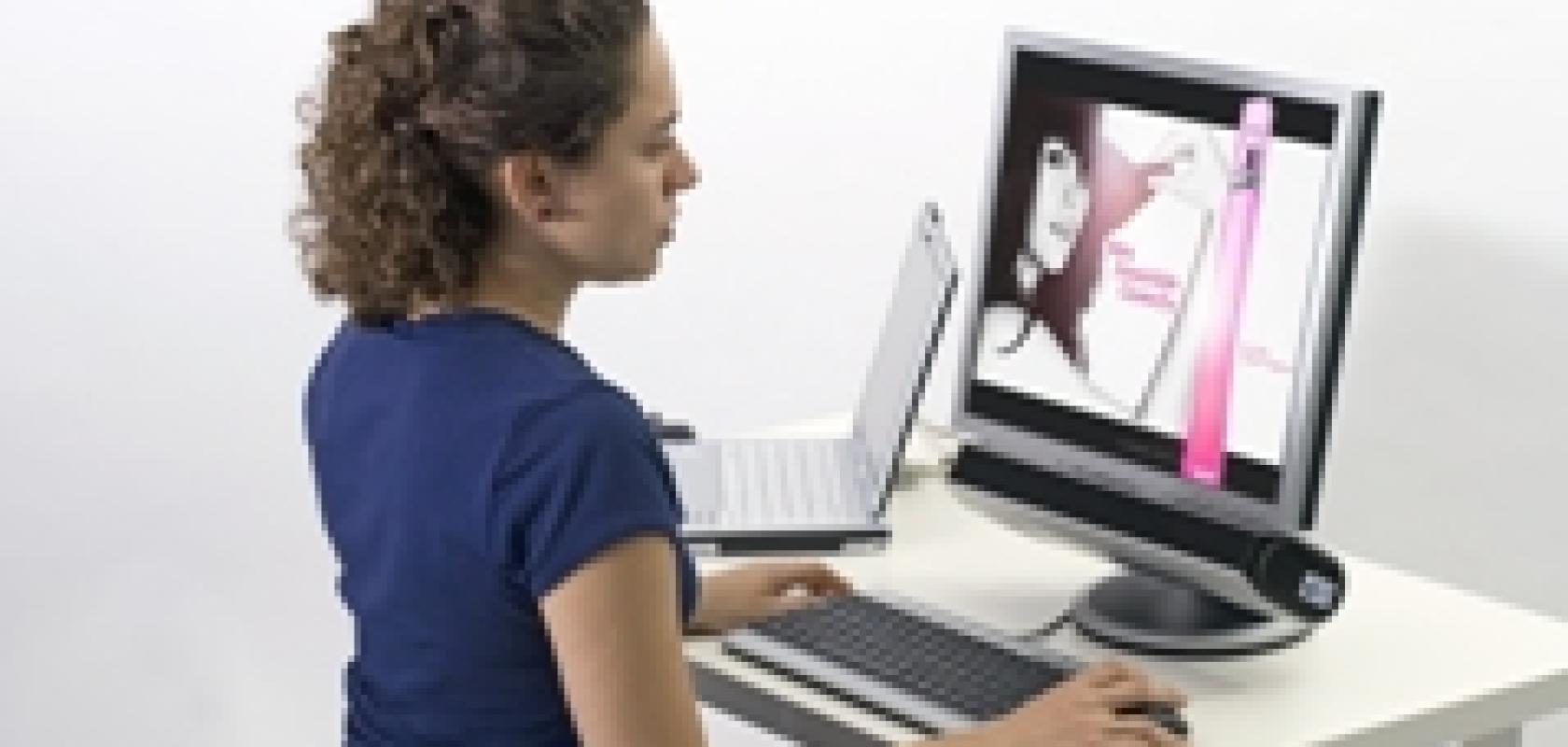How humans perceive their surroundings, what attracts our gaze, and what we tend to overlook is of keen interest to various fields from marketing to psychology research. SensoMotoric Instruments (SMI), located in Teltow, Germany, has developed a system that can precisely track and analyse the course of a test subject's gaze upon a particular motif, such as an advertisement.
The iView X RED is a compact sensor unit, which can be used in a stand for printed matter (such as a newspaper or magazine), a screen, or a projector. The test subject sits in front of the device, about 50 to 70cm and views the test image. The sensor unit, with its integrated digital camera, is connected to a PC whose imaging software then analyses the captured data in real time: the test subject's head, eyes and pupils are automatically recognised and even the smallest eye movements are tracked in relation to the test image. A mapping of the gaze's path across the image is then generated.
A digital camera from Allied Vision Technologies is built into the sensor unit. This particular camera was developed especially to meet SMI's needs, offering a high enough resolution to enable precise pupil location across an entire image of a face.
Additionally, a high image rate is crucial for the accurate measurements, registering and recording each and every eye movement down to the smallest degree. Thanks to its rapid IEEE 1394b FireWire interface and the image reduction to the AOI of the eye region, the camera captures the images at a rate of 50fps.
Dr Christian Lappe, sales and marketing manager of Eye and Gaze Tracking Systems at SMI, said: 'This camera meets not only the basic conditions for eye tracking in terms of resolution and frame rate, but the built-in functions for image optimisation facilitate evaluation by the system as well, even without any apparatus on the test subject's head and under variable ambient light conditions.'
iView X RED has already been used internationally in a number of applications – from marketing research institutes to website and advertising optimisation as well as in university psychology research laboratories.


